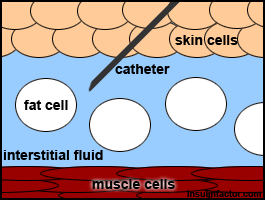

It also consists of glucose, amino acids, fatty acids, mineral ions, hormones, neurotransmitters, and coenzymes. Interstitial fluid contains 26% of the body water. Plasma component of the blood is shown in figure 1.

About 55% of total blood volume is taken by plasma. It is a straw-colored/pale-yellow, liquid. Plasma is the colorless fluid in blood, lymph or milk. Key Terms: Blood, Carbon Dioxide, Extracellular Fluid (ECF), Interstitial Fluid, Oxygen, Plasma, Proteins, Water What is the Difference Between Plasma and Interstitial Fluid What are the Similarities Between Plasma and Interstitial FluidĤ. Most of the other dissolved products such as nutrients and electrolytes occur in similar concentrations in both plasma and interstitial fluid. The main difference between plasma and interstitial fluid is that plasma contains more proteins whereas interstitial fluid contains fewer proteins. Therefore, it maintains the homeostasis of the body while providing nutrients to the body cells. The main function of the ECF is to move water and electrolytes throughout the body. Lymph, transcellular fluid, cerebrospinal fluid, intraocular fluid, synovial fluid, pericardial, intrapleural, and peritoneal fluids, and digestive juices are minor components of the ECF. Plasma and interstitial fluid are the major components of ECF. Main Difference – Plasma vs Interstitial FluidĮxtracellular fluid (ECF) is a body fluid found outside of the cell.


 0 kommentar(er)
0 kommentar(er)
